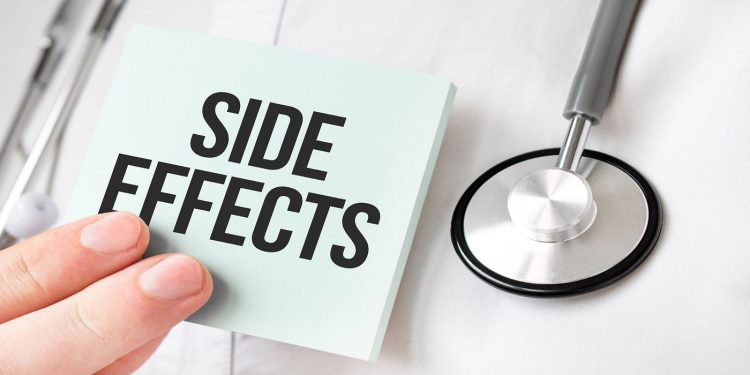Trulicity, a popular medication prescribed for type 2 diabetes, has faced significant legal scrutiny in recent years. Several key factors have contributed to the emergence of lawsuits against the drug’s manufacturer, Eli Lilly and Company. This article explores the primary issues leading to the Trulicity lawsuit.
1. Alleged Cardiovascular Risks
One of the central issues in the Trulicity lawsuits revolves around alleged cardiovascular risks associated with the medication. Some patients claim that Trulicity increases the risk of serious cardiovascular events, such as heart attacks and strokes. These allegations have prompted concern among healthcare providers and regulatory bodies, leading to further investigation and litigation.
2. Failure to Warn
Another critical aspect of the Trulicity lawsuits involves claims of inadequate warnings and disclosures by Eli Lilly and Company. Plaintiffs argue that the manufacturer did not sufficiently warn patients and healthcare providers about the potential risks associated with Trulicity use. This failure to provide adequate information allegedly prevented patients from making fully informed decisions about their health.
3. Allegations of Negligence
Legal actions against Eli Lilly and Company also include allegations of negligence in the development, testing, and marketing of Trulicity. Plaintiffs argue that the manufacturer knew or should have known about the risks associated with the medication but failed to take appropriate actions to mitigate them. These claims of negligence form a significant part of the legal challenges facing the pharmaceutical company.
4. Marketing Practices
The marketing practices employed by Eli Lilly and Company regarding Trulicity have also come under scrutiny in the lawsuits. Plaintiffs accuse the manufacturer of engaging in misleading or deceptive marketing tactics to promote the medication. Allegations include overstating the benefits of Trulicity while downplaying its potential risks, contributing to the legal disputes surrounding the drug.
5. Class Action Status
Many of the lawsuits filed against Eli Lilly and Company regarding Trulicity seek class action status. This means that multiple plaintiffs with similar claims are consolidated into a single legal action. Class action lawsuits can significantly impact the pharmaceutical company, potentially leading to large-scale settlements or judgments if the claims against Trulicity are substantiated in court.
Conclusion
In conclusion, the Trulicity lawsuits highlight significant concerns and legal challenges facing Eli Lilly and Company. Allegations of cardiovascular risks, failure to warn, negligence, and misleading marketing practices have fueled litigation against the manufacturer. As these lawsuits progress through the legal system, they may influence future regulations and patient safety considerations concerning Trulicity and similar medications.














